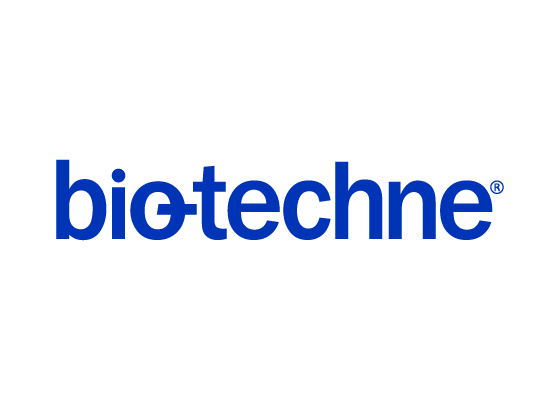Mouse Rae-1 epsilon Alexa Fluor® 700-conjugated Antibody
R&D Systems, part of Bio-Techne | Catalog # FAB1135N


Key Product Details
Species Reactivity
Applications
Label
Antibody Source
Product Specifications
Immunogen
Specificity
Clonality
Host
Isotype
Applications for Mouse Rae-1 epsilon Alexa Fluor® 700-conjugated Antibody
Flow Cytometry
Sample: BaF3 mouse pro-B cell line transfected with mouse Rae-1 epsilon
Formulation, Preparation, and Storage
Purification
Formulation
Shipping
Stability & Storage
Background: Rae-1 epsilon
Rae-1 epsilon is a member of a family of cell-surface proteins that function as ligands for mouse NKG2D. Other family members are designated Rae-1 alpha, beta, gamma, and delta. Amino acid sequence identity within this family ranges from 88‑95%. The Rae-1 proteins are distantly related to MHC class I proteins, but they possess only the alpha1 and alpha2 Ig‑like domains, and they have no capacity to bind peptide or interact with beta2-microglobulin. The genes encoding these proteins are not found within the Major Histocompatibility Complex on mouse chromosome 17, but rather map to mouse chromosome 10. The Rae-1 proteins are anchored to the membrane via a GPI‑linkage. The name of this family derives from the original identification of these proteins as the product of retinoic acid early inducible transcripts. Rae-1 expression is developmentally controlled. Transcripts were observed in the brain/head region of day 10‑14 embryos but disappeared by day 18. Rae-1 transcripts were detected in several transformed cell lines but are absent from most normal adult tissues. All Rae-1 family members bind to mouse NKG2D, an activating receptor expressed on NK cells and some T cell subsets, resulting in the activation of cytolytic activity and/or cytokine production by these effector cells. Ectopic expression of Rae-1 on mouse tumor cell lines resulted in the in vivo rejection of the tumors (1‑7).
References
- Zou, Z. et al. (1996) J. Biochem (Tokyo) 119:319.
- Diefenbach, A. et al. (2000) Nature Immunol. 1:119.
- Cerwenka, A. et al. (2000) Immunity 12:721.
- Cerwenka, A. et al. (2001) Proc. Natl. Acad. Sci. USA 98:11521.
- Diefenbach, A. et al. (2001) Nature 413:165.
- Champsaur, M. et al. (2010) J. Immunol. 185:157.
- Markiewicz M. et al. (2012) Immunity 36:132.
Long Name
Alternate Names
Gene Symbol
Additional Rae-1 epsilon Products
Product Documents for Mouse Rae-1 epsilon Alexa Fluor® 700-conjugated Antibody
Product Specific Notices for Mouse Rae-1 epsilon Alexa Fluor® 700-conjugated Antibody
This product is provided under an agreement between Life Technologies Corporation and R&D Systems, Inc, and the manufacture, use, sale or import of this product is subject to one or more US patents and corresponding non-US equivalents, owned by Life Technologies Corporation and its affiliates. The purchase of this product conveys to the buyer the non-transferable right to use the purchased amount of the product and components of the product only in research conducted by the buyer (whether the buyer is an academic or for-profit entity). The sale of this product is expressly conditioned on the buyer not using the product or its components (1) in manufacturing; (2) to provide a service, information, or data to an unaffiliated third party for payment; (3) for therapeutic, diagnostic or prophylactic purposes; (4) to resell, sell, or otherwise transfer this product or its components to any third party, or for any other commercial purpose. Life Technologies Corporation will not assert a claim against the buyer of the infringement of the above patents based on the manufacture, use or sale of a commercial product developed in research by the buyer in which this product or its components was employed, provided that neither this product nor any of its components was used in the manufacture of such product. For information on purchasing a license to this product for purposes other than research, contact Life Technologies Corporation, Cell Analysis Business Unit, Business Development, 29851 Willow Creek Road, Eugene, OR 97402, Tel: (541) 465-8300. Fax: (541) 335-0354.
For research use only